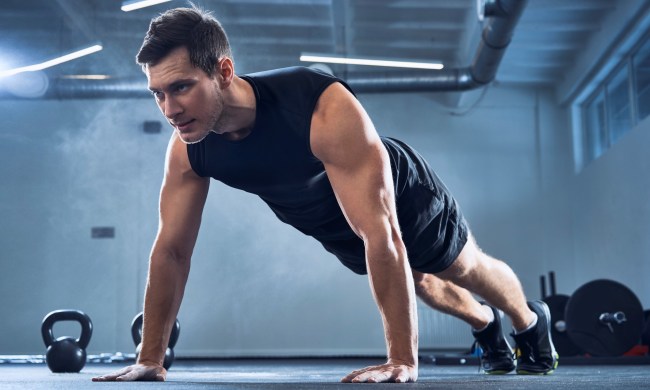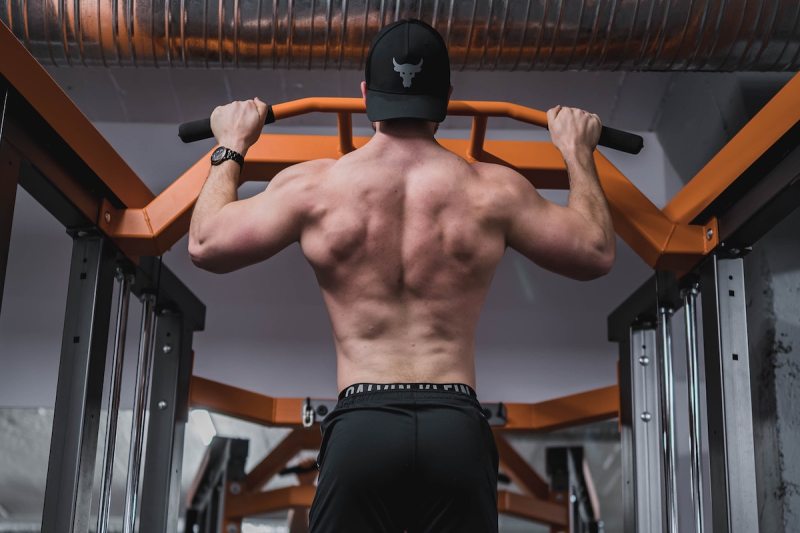
Achieving a sculpted upper body requires a balanced approach to strength training, and a focused back and bicep workout routine is key to achieving this goal. This workout combines the best back exercises and the best bicep exercises for a better-together workout routine that improves your overall upper body strength and bulks up your physique.
What are the benefits of a strong back and biceps?
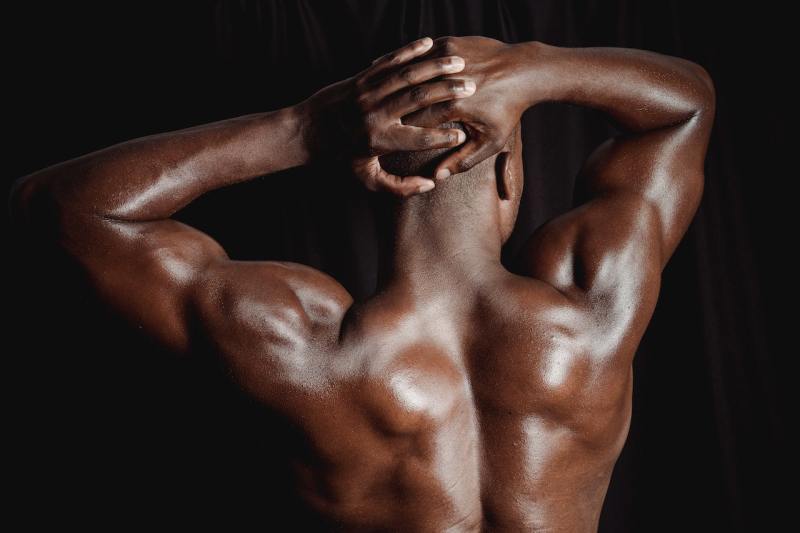
A strong back and biceps contribute significantly to both aesthetics and functionality. Building a strong back helps improve posture, prevent injury, and enhance overall upper body strength, and can also reduce lower back pain. Strong biceps not only add definition to your arms but also assist in various pulling movements, improving everyday tasks like lifting and carrying.
How often should you train back and biceps for results?

For optimal results, aim to train your back and biceps two to three times per week. Make sure to rest for a day or two in between sessions — you should always allow a day to reset between workouts that target the same area. This frequency allows for adequate recovery while ensuring progressive overload, which is crucial for muscle growth.
Back and bicep exercises for the ultimate workout
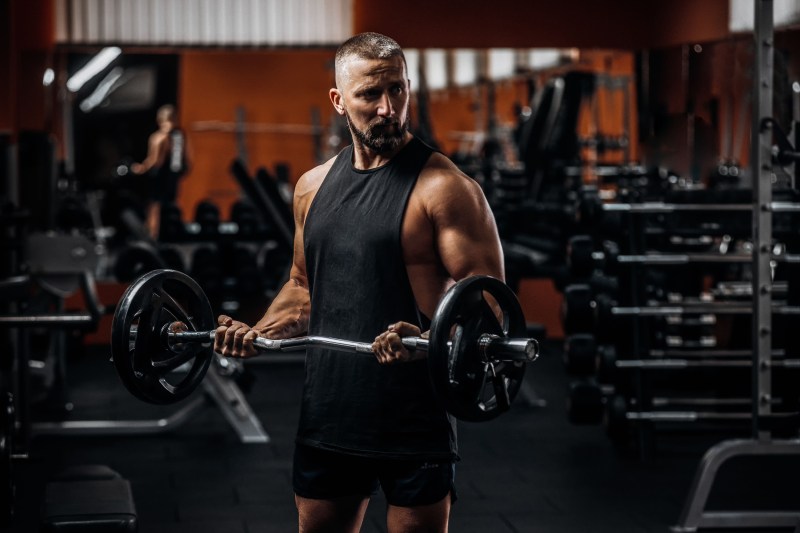
Pull-ups
Pull-ups are a fundamental bodyweight exercise targeting the back and biceps. You need a pull-up bar or any place where you can hang and pull yourself up (try playground equipment if no children are using it).
To perform a pull-up, grasp an overhead bar with an overhand grip slightly wider than shoulder-width apart. Hang with arms fully extended, then pull your body upwards until your chin clears the bar. Lower yourself back down with control. Beginners may use assistance bands or a pull-up assist machine to build strength.
Lat pulldowns
Lat pulldowns mimic pull-ups, so they target the same muscles. They are performed using a cable machine with a wide-grip bar attachment. Most people will only do these at the gym, but if your home gym has a cable machine, don’t skip this fantastic exercise!
Sit down, grip the bar wider than shoulder-width, and pull it down to chest level while leaning back slightly and keeping your chest up. Slowly return the bar to the starting position with controlled movement to engage the latissimus dorsi and biceps.
Cable rows
Cable rows are excellent for targeting the mid-back muscles. They require a cable row station, so this is another exercise you might only do at the gym, but it’s a great workout!
Sit at a cable row station with your knees slightly bent. Grab the handles so your palms are facing each other, and pull the attachment towards your abdomen while keeping your torso upright. Slowly return to the starting position, focusing on squeezing your shoulder blades together throughout the movement.
Deadlifts
Deadlifts are a compound exercise that primarily targets the lower back, hamstrings, and glutes but also engages the biceps as secondary muscles. They’re a fantastic exercise that works a lot of different parts of your body at once, but you definitely need to understand proper form. You’ll need a large, variable-weight barbell to do this exercise.
Stand with feet hip-width apart. With an overhand grip and your hands positioned on either side of your legs, hold the barbell and lift it by extending your hips and knees. Lower the bar back down under control to complete one repetition. Be sure never to round your back when performing this movement.
Preacher curls
Preacher curls isolate the biceps by stabilizing the upper arms, preventing cheating by swinging. This exercise requires gym equipment, so it’s difficult to do at home unless you have a great home gym setup. But it’s effective enough to be worth looking for its specific equipment!
Sit at a preacher curl bench, grasp the bar with an underhand grip, and curl the bar towards your shoulders while keeping your upper arms against the pad. Lower the bar until your elbows are fully extended, carefully keeping control. Repeat for a predetermined number of repetitions.
Dumbbell hammer curls
Hammer curls target the brachialis and brachioradialis muscles of the forearms in addition to the biceps. You’ll need dumbbells for this exercise, but you can do it at home or at the gym.
Stand with feet shoulder-width apart. Hold dumbbells at your sides with palms facing each other, curling the weights towards your shoulders. Lower the dumbbells back down in a controlled manner to complete the repetition.
Optimal sets and reps to perform
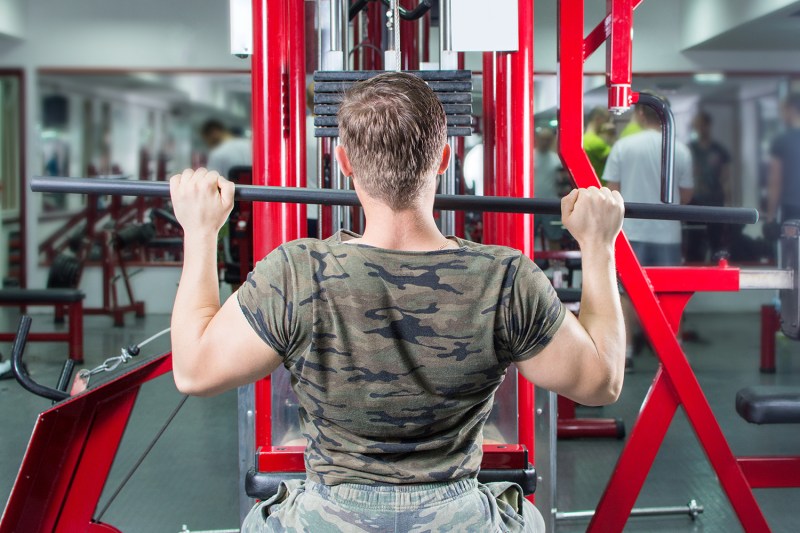
For each exercise, aim to perform three to four sets of eight to 12 repetitions, adjusting the weight to ensure proper form and challenging intensity. Start with a warm-up set at a lower weight to prepare muscles and joints (make sure to warm up with stretching, too). Then, progressively increase the load as you advance through your sets.
Allow 60 to 90 seconds of rest between sets to optimize muscle recovery and maintain workout intensity. You might also want to adjust the sets and reps depending on the exercise and your skill level.



